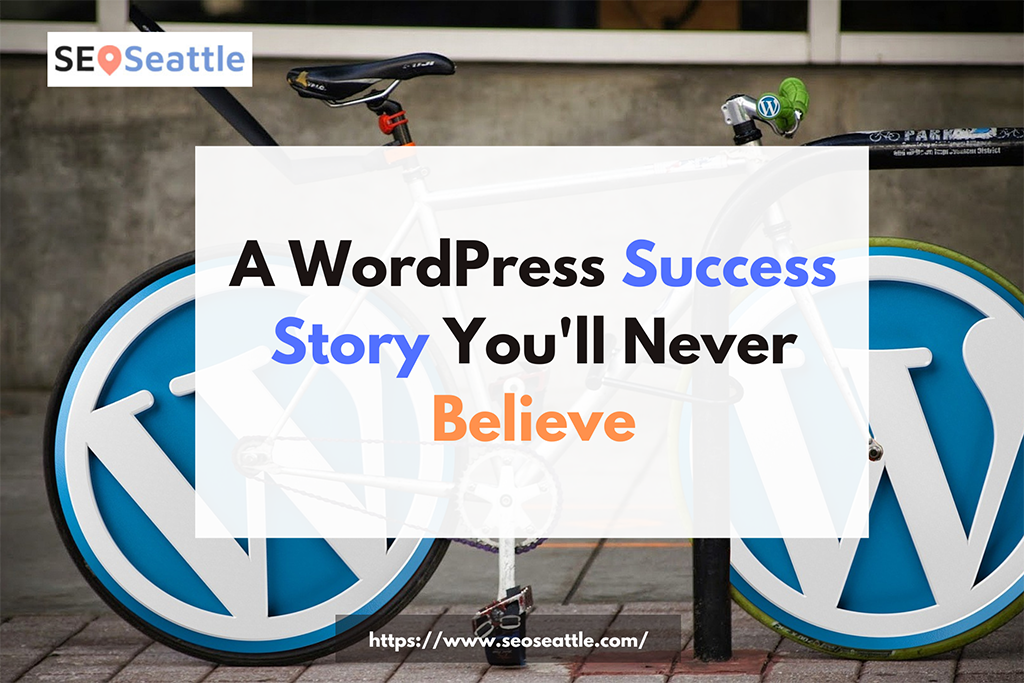Ah, WordPress. The little blogging platform that could. When WordPress first launched in 2003, it was nothing more than a simple tool for publishing blog posts. But over the past 17 years, it has undergone a remarkable transformation. Today, WordPress is the engine behind one-third of all websites on the internet—and it’s powering some of the most popular sites in the world, including Forbes, The Guardian, and even The Walt Disney Company. Here’s the story of how WordPress went from being a simple blogging platform to becoming a global juggernaut.
The Beginnings of WordPress
As we mentioned, WordPress was launched in 2003 as a simple blogging platform. It was created by two friends, Matt Mullenweg and Mike Little, who were both just 19 years old at the time. Neither had any experience in coding or website development; they just saw an opportunity to create a better blog publishing tool than what was currently available. And so they set to work building WordPress.
Matt and Mike released the first version of WordPress in May 2003. It was met with immediate success; within two weeks, it had been downloaded 100 times. Encouraged by this early success, Matt and Mike continued working on WordPress full-time. And with each new release, WordPress became more and more popular. By January 2004, there were already 4,000 installations of WordPress worldwide.
The Rise of WordPress
In 2005, things started to take off for WordPress. That year, Automattic—the company behind WordPress—was founded, and Mullenweg took on the role of CEO. In addition, 2005 saw the release of two much-anticipated features: multi-user support and XMLRPC API (which allowed third-party applications to interact with WordPress). These two features helped broaden WordPress’s appeal beyond individual bloggers and positioned it as a powerful content management system (CMS) for small businesses and organizations.
From there, things just kept getting better and better for WordPress. In 2006, Automattic raised $1 million in funding from high-profile investors such as Michael Arrington and Vinod Khosla. This infusion of capital allowed Mullenweg to quit his day job and focus on growing Automattic—and growing WordPress along with it. In 2007, Automattic acquired Gravatar—a service that allows users to create avatars that follow them from site to site—further increasing its reach and influence online.
Today, there are over 75 million websites powered by WordPress—that’s one out of every three websites on the internet! And it’s not just small businesses and individual bloggers using WordPress; some of the biggest brands in the world rely on it to power their websites, including Facebook Newsroom, NASA, Forbes, The Guardian, and even The Walt Disney Company. Not bad for a platform that started as nothing more than a simple way to publish blog posts.
